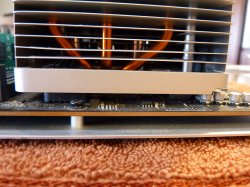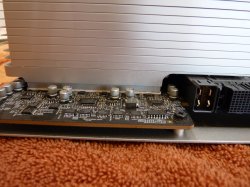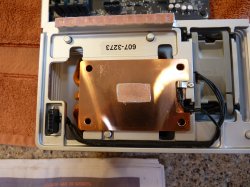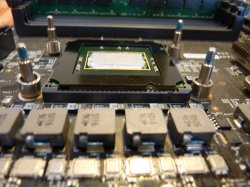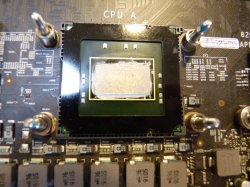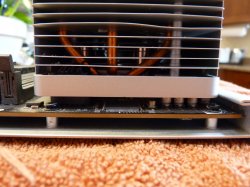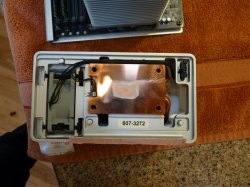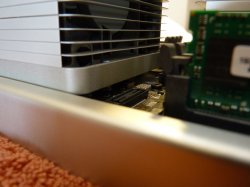Hello,
I have an issue with my upgrade to a x5677. I had it de-lidded and I have attempted to install several times, but it is running hot: CPU A 150 Heat sink 98, CPU B 163 Heat sink 87. It seems to me like they are not making proper contact.
I used the spread method and the bead method. Nothing seems to work. I installed each one three times so far and all with the same readings.
I tighten by hand which maybe preventing proper contact?
I have an issue with my upgrade to a x5677. I had it de-lidded and I have attempted to install several times, but it is running hot: CPU A 150 Heat sink 98, CPU B 163 Heat sink 87. It seems to me like they are not making proper contact.
I used the spread method and the bead method. Nothing seems to work. I installed each one three times so far and all with the same readings.
I tighten by hand which maybe preventing proper contact?


